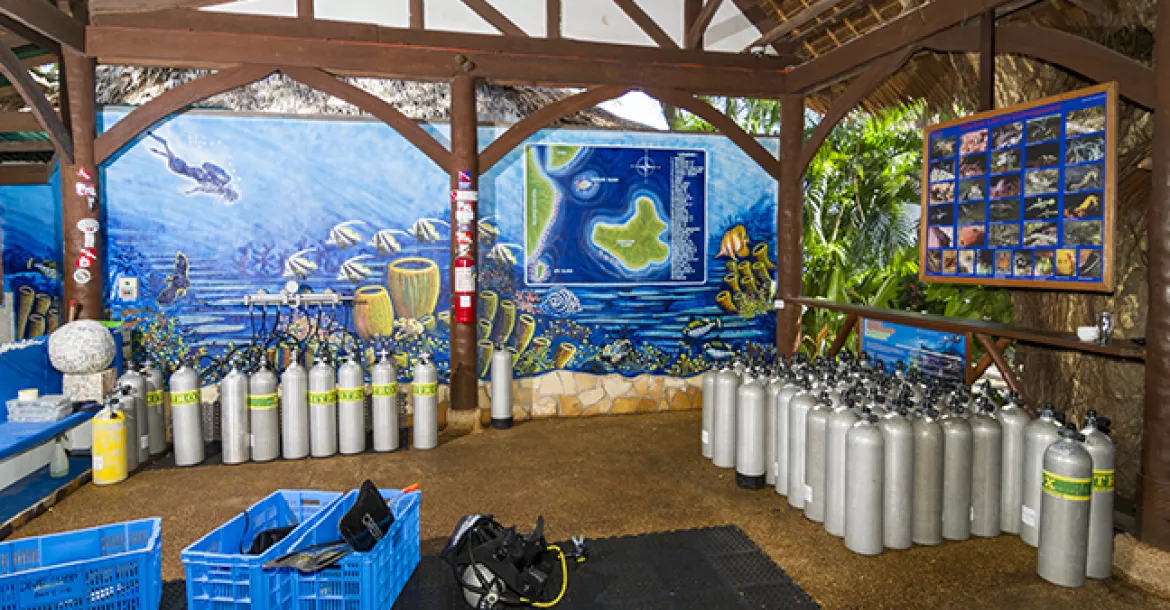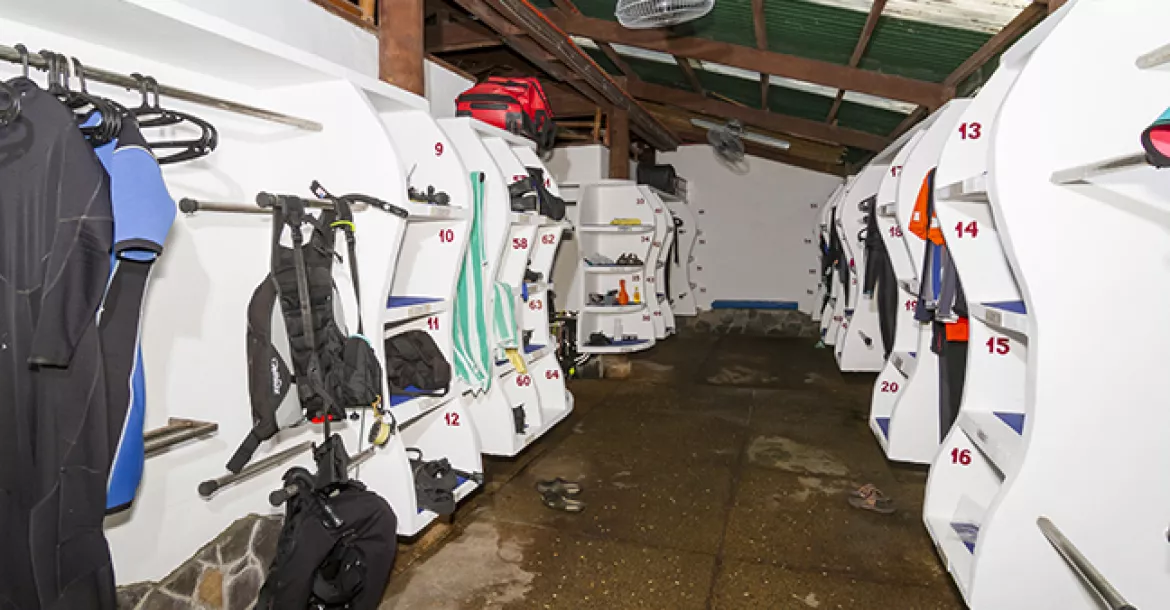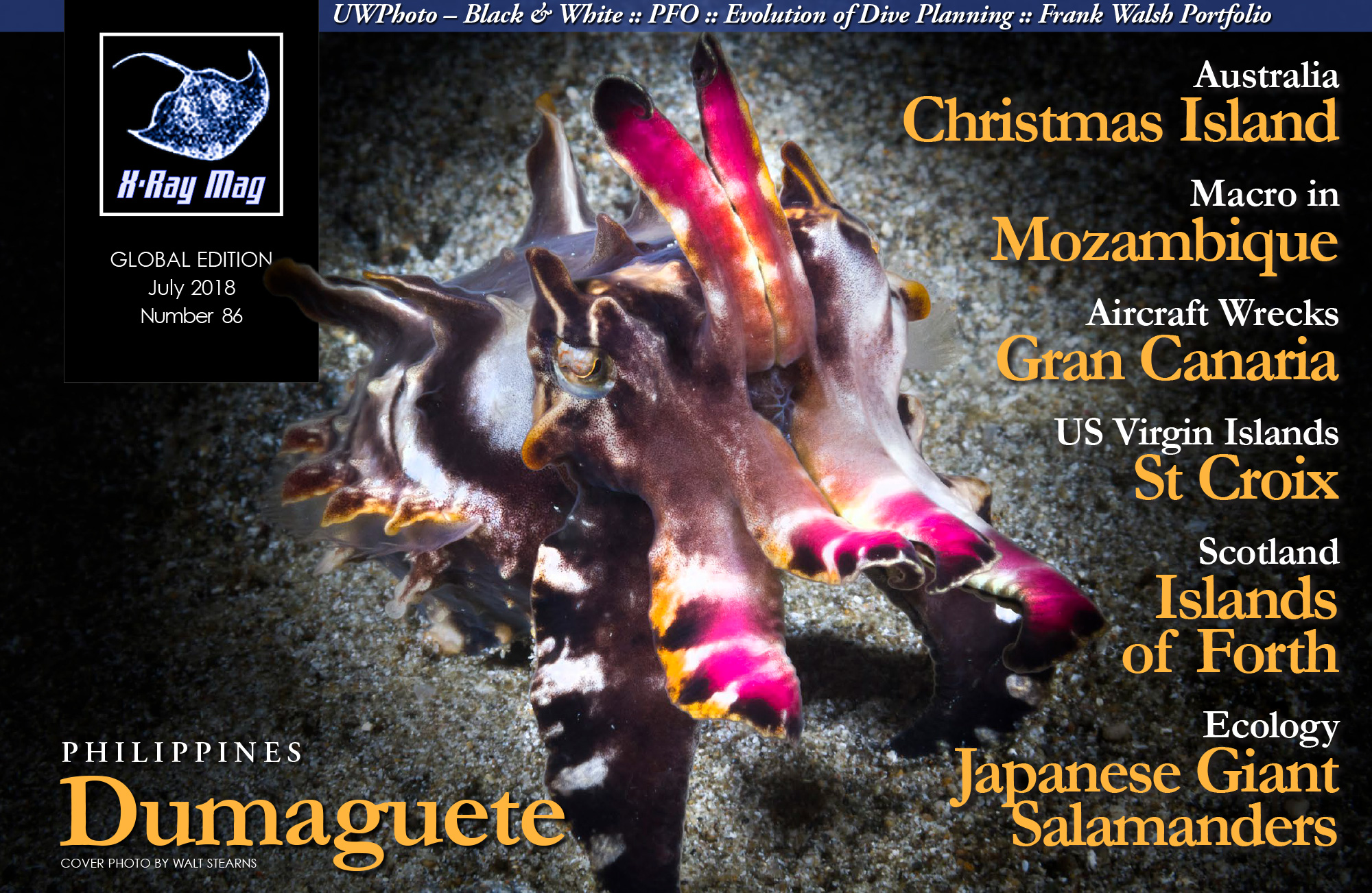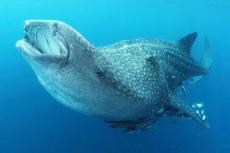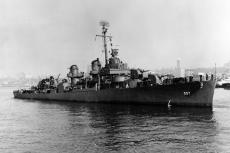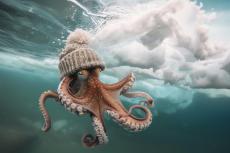Dumaguete sits down close to the southern tip of Negros Island in the middle of Visayas Island group in the Philippines, approximately 500km south of Manila. A coastal province, it is bounded on the east by the Bohol Sea and the Tañon Strait, which serve as a natural border to the neighboring provinces of Cebu, Bohol and Siquijor.
Contributed by
Factfile
Walt Stearns is a widely published dive writer, underwater photographer, scuba instructor, certified cave and rebreather diver, and an SSI Platinum Pro5000 member based in the US state of Florida.
He is the founder and publisher of the Underwater Journal.
For more information, visit: WaltStearns.com.
Dumaguete seems to follow only two seasonal changes: dry and wet. June through September is the Philippines’ monsoon season, and as you might expect, conditions are warm and humid. April and May are actually the hottest time period, with average maximum temperatures that can reach 34.3°C. The better time to visit is the dry season, from November through May, when average air temperatures are between 25 and 30°C, with December to February down to an average of 22.9°C.
I traveled to Dumaguete from Puerto Galera. Because there is no direct site-to-site travel, the transfer required me to go back to Manila in reverse order of how I got to Puerto Galera: a 45-minute boat ride back to Batangas, followed by a two- to three-hour drive to Manila’s international airport in order to catch a one-hour flight to Dumaguete. Once there, I was met by representatives of Atlantis Dive Resort, loaded in their custom air-conditioned jeepney (a Philippine ostentatious-styled bus used for local transportation) and was whisked off to the resort.
The resort
The Atlantis Dive Resort in Dumaguete offers 40 guest rooms and suites, with one group spread out in a semi-circular fashion around a large freshwater pool, and the second group closer to the beach, which is also where the restaurant is located.
In the months before my arrival, the Dumaguete property had recently undergone some significant renovations. Upgrades included the addition of a spa facility similar to the one in their Puerto Galera Resort, but slightly larger with four private therapy rooms. The services are top notch, much like what you would see in a high-end spa in the United States, but at significantly lower prices. The facility offers a wide range of therapeutic and relaxing services, along with a sauna and rain shower area to complement your therapy.
Having just come from the Puerto Galera property, I found that I was more enamored with the Dumaguete Resort. While the accommodations appeared to be just as roomy and similarly appointed, the ambiance here struck me as both more secluded and inviting. In addition to the ground’s tropical landscaping being particularly lusher and more thought out, there was the simple little fact this resort was not in the middle of a tightly packed community like Sabang Beach.
During my four-night stay, I was placed in one of the Deluxe Rooms on the second floor with a veranda type balcony with an attractive view of the grounds. The one group of rooms with an even nicer view are the Ocean Front Rooms, which overlook the ocean from both the room and front balcony.
The Deluxe Rooms have ample floor space, and normally come with one double bed that can be converted into two twin beds. My room was furnished with a flat-screen LCD TV with free movie and sports channels, DVD player (which I never bothered using), desk, fully stocked mini bar and coffee-maker, and wifi for Internet use (which I did use). All rooms come with private bath and shower, air-conditioning, and ceiling fans.
Like Puerto Galera, the Dumaguete Resort’s restaurant dining area sits beneath a giant open-air thatch roof, but with one singular difference: the view. Instead of a freshwater pool to one side and pedestrian walkway on the other, the entire dining area and bar sits on the edge of the beach overlooking the ocean. The resort's kitchen uses fresh local fruits and meats to create a range of local and international dishes. Rather than follow a monotonous à la carte menu system, lunch and dinner dishes are changed daily and posted on a large blackboard.
Camera room
If you are very serious about underwater photography, a resort’s camera room can be a really big deal. In Puerto Galera, I was quite satisfied with their camera room setup. Arriving in Dumaguete, I was able to see that the owners took it up a couple notches.
The room itself was the largest of any resort I have ever visited, with more than 827 sq ft of floor space. Most important to any photographer are the camera tables; here, they are built into three of the walls, adjoining each other in the corners to create a broad, continuous work surface area over 41ft long by 2.5ft deep. Underneath are 21 individual cubbyholes to store equipment with additional space below for bulkier items such as large camera cases and bags.
In addition to providing a serious amount of workspace, the benches were fitted with 16 sets of power outlets in both 220 and 110 volts, able to accept both standard US and European plugs, along with a secondary shelf above the work surface for battery charger placement. The room is not only well lit, there are also eight additional fluorescent work lights mounted to the underside of the secondary shelf for extra illumination, with five air-gun systems positioned around the room. The room is climate controlled so that the air is dehumidified and cool but not cold enough to cause problematic fogging in lenses and ports.
This same space can double as a classroom, as the center portion is left open for table and chairs, and there is a 42-inch HD flat-screen TV mounted on the wall with both HDMI and USB connections. The big screen is also available for guests to show off their photos or videos to friends whenever they like.
Dive center
The heart of any dive resort is the dive center. The facility at Dumaguete is quite large, very well organized and supervised, and features a split-floor plan. There is a well-appointed staging area where divers pick out their tanks and rinse their gear afterwards, and a separate equipment room, which has 60 individual shelves for stowing masks, fins, and other equipment, along with places to hang wetsuits and BCDs to dry overnight. Yes, it's the tropics, but I would still recommend a full wetsuit, as bottom times can be long and water temps in the Dumaguete area average 76-78°F (24°C) from January to March, then warm to around 79-80°F (25°C) during the rest of the year.
The center’s cache of scuba tanks comprises primarily of aluminum 80s with air or 32 percent nitrox (available for a small upcharge), but there are also several 63 and 90 cu ft tanks available. Once your tank, BCD and regulator are assembled, the staff then carries them down to the beach and loads everything on the boats.
Like most resorts I have seen in the Philippines, there is no dock or pier, and boarding is done from the beach. In the case of Dumaguete, this will require wading out to chest-deep water before climbing up the boat's boarding ladder.
One difference between Atlantis and other area operations is that their boats are not of local design. Instead, they run a fleet of fast, 24-foot outboard-powered center console skiffs equipped with large canvas tops for sun protection.
The daily dive schedule can vary according to group size and itinerary. In some cases, this may dictate a series of single dives set around 8 to 9 a.m., 11 a.m., 2 p.m., and 4 p.m., or a morning start for a two-tank itinerary. This flexibility is possible because the majority of the diving in the Dumaguete area is no more than a 30-minute boat ride from Atlantis’ beachhead, and several are less than five minutes away.
In most cases, boats carry no more than eight divers, plus a dive guide, driver and deck hand. While the skiffs have tank holders, camera systems are placed where space is available, so it is important to pay attention to the handling and placement of camera setups when boarding and riding out to the dive site.
Dark water, dark bottom—it must be muck
The diving in the Philippines is both impressive and diverse. In the Dumaguete area, most of the diving is muck diving in its truest form, as the bottom fringing most of the shoreline of Dumaguete is devoid of colorful, pristine coral reefs. Three prime examples are Punta, Car Wreck and the resort’s house reef, where you will find yourself hovering over the dark grey to chocolate colored, often silty, sandy bottom that at first will appear lifeless to the untrained eye. But closer examination reveals that what at first seems like an aquatic desert is actually home to an ongoing parade of the strange, the bizarre and the beautiful.
Divers come here in search of painted, warty and hairy frogfish, ghost pipefish, flamboyant cuttlefish, wonderpus, nudibranchs and my nightmarish favorite, the Bobbit worm. And when somebody runs across the Holy Grail of macro critter photography, the Rhinopias scorpionfish, you would think they had discovered buried treasure.
The secret to an eventful muck dive experience boils down to control and patience.
The sea bottom at all the muck dive sites I visited was not all forgiving to sloppy dive skills. A large scissor kick will drag up the bottom and leave a huge dirty wake everywhere you go. In addition to disturbing the habitat, this will earn you the displeasure of your fellow divers.
It is important to maintain neutral buoyancy and limiting fin movement through the use of techniques such as sculling and modified frog kicks. Equally important is streamlining your gear and making sure nothing is dragging in the dirt like computers, gauges or octopuses.
Developing the skills and techniques to do it right can be challenging, but very rewarding, as it opens the door even further to what you might see.
Apo Island
While muck diving is Dumaguete’s largest attraction, it is not the only one. Atlantis Dive Resort also organizes three-tank dive excursions to neighboring Apo Island, which offers a very different underwater environment.
The itinerary for the excursion to Apo Island starts around 8 a.m., when gear and divers are loaded into a 60ft dive banca. From the resort, the crossing to Apo takes just over an hour to complete.
When a powerful typhoon struck the island in 2012, the windward side suffered severe damage to the coral reefs. Fortunately, the leeward side, where most diving is done, escaped the worst of the storm's fury. The underwater visibility at Apo typically ranges between 60 to 90ft, which is a significant change from the muck diving sites at Dumaguete, which average 20 to 30ft.
Apo offers the type of hard coral reef systems typical of the Philippines, with steep sloping profiles punctuated by ledges and mini walls dropping to depths of 70 to 90ft. Marine life includes large schools of fish, healthy hard corals, banded sea krates, and hawksbill and green sea turtles.
Following the second dive, the boat pulls up to the beach, while resort staff prepare a buffet lunch. After the third dive, the boat begins the run back home, getting everyone back at the resort by 4:00 to 4:30 p.m., leaving plenty of time to prepare for a late afternoon or night shore dive.
Swim with the world’s largest fish
Though most of the focus at Atlantis Dive Resort is seeing the little stuff, one special treat also available to guests is a chance to snorkel with the biggest fish in the ocean: the whale sharks at Oslob. If you have never seen or experienced being in the water with a whale shark, I highly recommend taking the opportunity to do so while you are there.
This adventure begins with an early morning departure to catch a morning ferry to the neighboring island of Cebu. After crossing the Tañon Strait channel, everyone re-boards Atlantis Dive Resort’s custom, air-conditioned jeepney for another 40-minute drive up the coast to the town of Oslob. Once there, following an orientation on the basic dos and don’ts of snorkeling with whale sharks, everyone is carried out from the beach on outrigger canoes to the waiting whale sharks.
Following a two-hour-plus snorkeling session, back at shore, the staff once again puts together a hearty lunch beachside, with the return trip back the resort on Dumaguete around 2 p.m.
Afterthoughts
My impressions of Dumaguete's muck diving and the side trip to Oslob for the whale sharks were most favorable, but I was not as impressed with the diving around Apo Island, which was typical of many areas of the Indo-Pacific, and not particularly memorable.
The staff was friendly, helpful and accommodating. Rooms are spacious, well appointed and clean. The resort’s dining fare was very good with made-to-order breakfasts, and the lunch and dinner menu varied enough to make it interesting. The soups and grilled pork were especially savory.
What I also like about the Atlantis’ Dumaguete Resort, as compared to the one in Puerto Galera, was the overall ambiance of the property itself. While the infrastructure and services at the two resorts are generally on par, the location, landscaping and ambiance of the Dumaguete Resort seemed to be a bit more relaxed and secluded, making the entire experience that much more attractive. ■
For more information regarding bookings, and what you need to bring, visit Atlantis Dive Resorts at: Atlantishotel.com.

